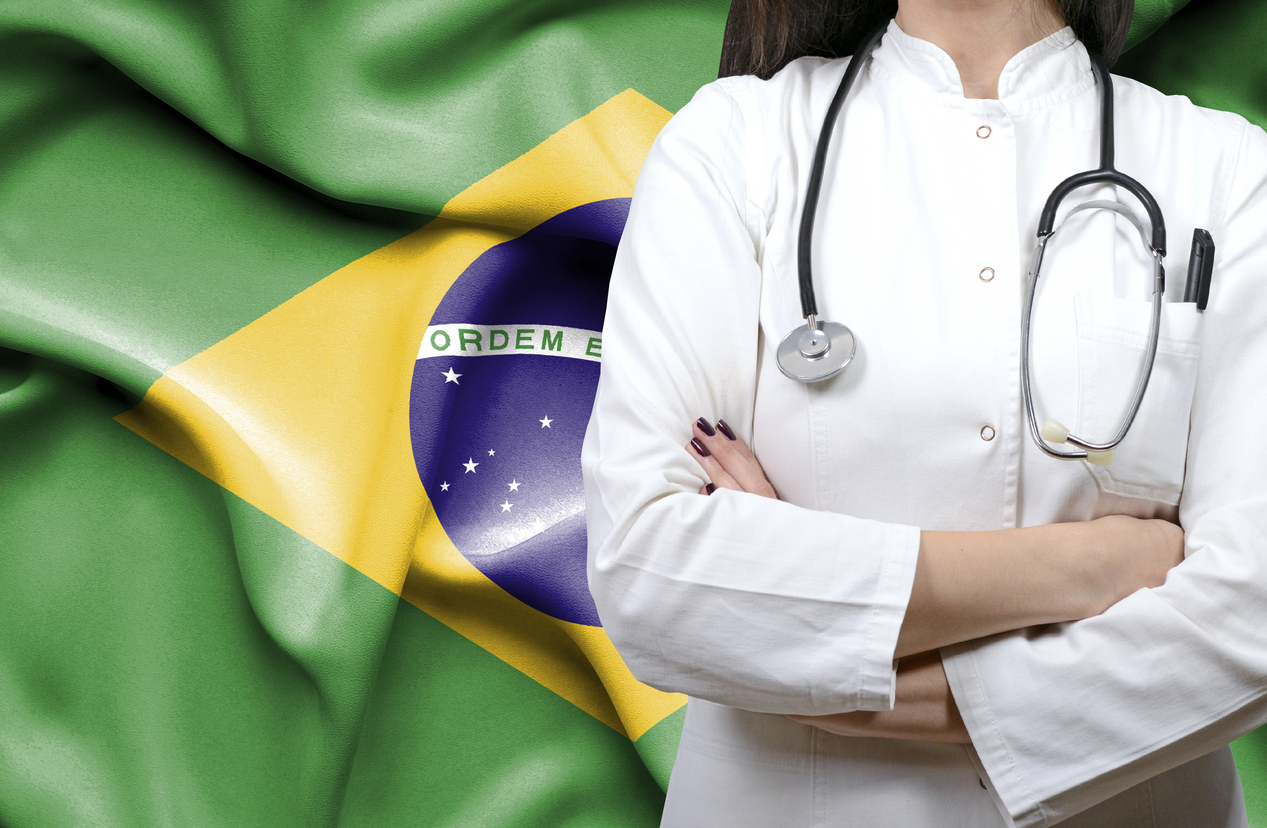Time Period: 1977-1981
Location: Brazil
Main Actors: Brazilian Doctor’s Union
Tactics
– Professional Strike
– Slowdown Strike
– Marches
– Establishing new social patterns
In 1964, a military coup overthrew Brazil’s democratically elected president João Goulart and initiated a period of military dictatorship. Following this coup, military repression targeted any member of civil society found favorable to democracy. One target of this repression was the country’s doctors. The military began a purging process, identifying any “progressive” elements in the medical community and removing them from positions in hospitals, schools, and research centers. These medical professionals were then labeled as subversives, and were often detained, tortured, or even murdered by the regime.
About a decade later, doctors began organizing large-scale resistance to the military regime, beginning with junior residents in São Paulo hospitals. Low wages, poor working conditions, and mismanagement of the health sector by the military dictatorship were the primary driving factors. The young doctors also saw an opportunity, as an economic downturn and pressure from civil society had led the regime to express intentions to liberalize. Because of this combination of factors, doctors’ protests quickly spread across Brazil. Residents engaged in work stoppages and slowdowns, eventually recruiting permanent non-resident doctors and hospital staff. Despite threats of dismissal from various state governors, officials were forced to relent in the face of hospital collapse.
With initial protests a success, reform minded doctors began a campaign to fully transform the Brazilian health sector. Running under “Medical Renewal” and “Movement for Medical Renewal,” progressive doctors won elections to leadership roles in doctor’s unions across the country. These key positions in leadership helped reformist doctors spark a stronger and more prolonged protest movement. Legal fights and additional protest support (including strike assistance) were some of the main strategies pursued by union leadership. Perhaps most importantly, doctors connected their struggles to other unions across Brazil. The powerful auto workers’ union (led by future president Luiz Inácio Lula da Silva), teachers unions, public sector workers and others found a strong ally in doctors, coordinating joint May Day rallies and strikes across Brazil. This participation demonstrated the solidarity of workers, regardless of profession, in protecting rights and demanding democratic reforms. Leadership in other unions met with Brazilian doctors, supported and encouraged their efforts as the Brazilian government attempted to “buy out,” and later repress the disgruntled medical community.
Some within the Brazilian medical community attempted to undermine the resistance efforts. These “old guard” elements profited from the corrupt system and felt doctors should be treated differently (or better) as members of the professional rather than working class. The relationships formed between doctors and other professions (teachers, trade workers, etc.) helped to minimize this influence and isolate voices who were only interested in personal aggrandizement.
The military dictatorship’s attempts to disrupt doctors’ organizing failed. Hostile takeover of unions and detention of leaders only further galvanized doctors, who were able to fall back on their labor allies in midst of targeting. By July 1981, the doctors won a series of major reforms, including significant pay increases and better working conditions.
While the movement of doctors ostensibly concluded in 1981, the profound struggle laid the groundwork for the eventual collapse of Brazil’s military dictatorship. The military regime depended on creating divisions across professions and class. With the medical community organized and connected to the broader struggle for democracy, the military regime’s hold on power dwindled. Using work slowdowns and outright stoppages, associations of Brazilian doctors won victory after victory. By 1984, doctors joined millions of other rallying Brazilians, resulting in the end of military rule in 1985 and the advent of Brazilian democracy in 1988. Brazil’s doctors illustrated the power and value of professional associations in a democratic movement.
US activists can learn much from Brazil’s doctor strikes. The importance of coalition building is of note. Doctors occupy a different position among the working population, generally regarded as professionals, rather than traditional labor. Autocratic governments tend to use this distinction to fragment workers, even currying favor with the professional class to keep them sidelined from political struggles. By “bringing in” professional groups like doctors, more traditional labor elements diversify and broaden their ability to put pressure on the government. In Brazil, this meant that the trade unions could rely on the threat of hospital strikes to heighten democratization attempts. Conversely, these professional workers benefit immensely from the large numbers present in labor groups. Professionals make up a smaller share of the working population than skilled labor, which means they lack some of the benefits larger unions can provide. This weakness can be ameliorated through partnerships with mass organizations. Additionally, this partnership helps to insulate the professional movement from internal strife by providing allies and support from outside the movement. Finally, Brazil’s doctors emphasized the power of strikes and work slowdowns in pressuring governments and initiating change.
Where to Learn More
– White Coats with Blue Collars: Doctors’ Labor Protests and the Struggle for Democracy in Brazil, 1978–1982
You can access all the caselets from the Pillars of Support Project here.

